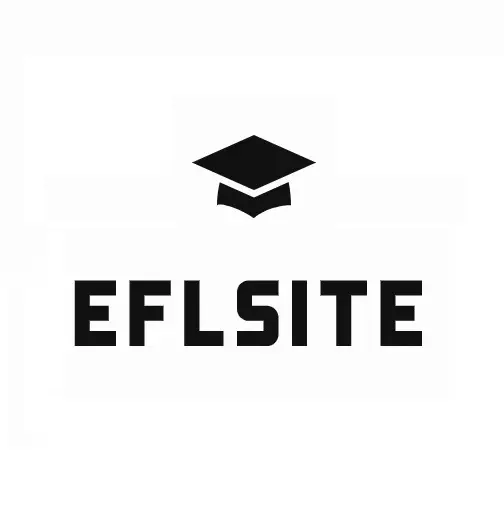ဤသင်ခန်းစာများကို EduBurma မှ တင်ဆက်ပေးခြင်းဖြစ်ပါသည်။ Academic English Online Face to Face အတန်းများ တက်ရောက်လိုပါက EduBurma Facebook Page တွင် စုံစမ်းနိုင်ပါသည်။
Academic Reading Lessons
Critical Reading Strategies
Move beyond simply understanding *what* a text says to questioning *why* and *how* it says it. Critical reading is an active process of analysis and evaluation that transforms you from a passive consumer of information into a discerning critic, an essential skill for academic success and informed citizenship.
Active vs. Passive Reading
| Passive Reading | Critical Reading |
|---|---|
| Goal: To understand and absorb information. | Goal: To understand, analyze, and evaluate information. |
| Stance: Assumes the text is factual and authoritative. | Stance: Questions the author's purpose, evidence, and assumptions. |
🛠️ Core Critical Reading Strategies
Question the Text Actively
Learn to interrogate a text by asking who, what, where, when, why, and how.
Analyze Purpose & Tone
Uncover the author's reason for writing (to inform, persuade, or entertain) and their attitude.
Evaluate Evidence & Bias
Inspect the quality of evidence and identify any slant or prejudice in the author's presentation.
Uncover Assumptions & Logic
Identify hidden beliefs the author takes for granted and check for errors in their reasoning.
🧠 Practice Exercises
Exercise 1: Analyzing Purpose, Tone, and Bias
The "Downtown Revitalization Project" represents a bold and necessary step into the future for our city. This dynamic initiative will replace outdated, underutilized buildings with a vibrant mixed-use development featuring upscale retail, modern condominiums, and exciting new restaurants. By attracting new businesses and more affluent residents, the project promises to significantly boost the local tax base, funding improvements in city services for everyone. While some may cling to the past, progress is essential for a city to thrive. The minor disruptions during construction will be a small price to pay for the gleaming, prosperous city center that awaits us. This is not just a construction project; it is an investment in our collective future.
1. What is the author's primary purpose in writing this passage?
Hint: Look at the emotional and persuasive words used, like "bold," "necessary," "vibrant," and "prosperous."
2. Which of the following words best describes the author's tone?
Hint: How does the author seem to feel about the project? Are they doubtful, neutral, or excited?
3. The language in this passage suggests a bias in favor of:
Hint: Whose perspective is being promoted? Who stands to gain from the "upscale retail" and "modern condominiums"?
Exercise 2: Evaluating Arguments and Assumptions
The debate over the four-day work week is over: it is unequivocally the future of labor. Recent studies of companies that have adopted this model show a dramatic increase in employee morale and a significant jump in overall productivity. When employees are given an extra day off, they return to work refreshed and more focused. This leads to better work quality and higher output in fewer hours. Any company that refuses to transition to a four-day work week is simply ignoring the clear evidence and will inevitably be left behind by more forward-thinking competitors. For business success in the modern era, adopting the four-day week is the only logical choice.
1. What is a key unstated assumption the author makes in this passage?
Hint: The author presents results from "companies" and applies the conclusion to "any company." Is this a safe leap to make?
2. A critical reader should question the evidence in this passage by asking:
Hint: Which question actually challenges the quality and reliability of the evidence presented?
Question the Text Actively
This is the foundation of critical reading. Before even reading, consider:
- Who is the author? What are their credentials or affiliations?
- What is the main argument or message?
- When was this written? Is it still relevant?
- Where was it published? (e.g., academic journal, news outlet, personal blog)
- Why did the author write this? What is their goal?
- How do they support their argument? What is their evidence?
Analyze Author's Purpose & Tone
Author's Purpose
Identify the primary reason for writing:
- To Inform: To present facts objectively (e.g., textbook, scientific report).
- To Persuade: To convince the reader of a viewpoint (e.g., editorial, advertisement).
- To Entertain: To engage the reader emotionally (e.g., novel, human-interest story).
Author's Tone
The author's attitude toward the subject is revealed through word choice. Examples include: Objective, Subjective, Passionate, Skeptical, Satirical, Humorous.
Evaluate Evidence & Bias
Evaluating Evidence
Ask yourself: Is the evidence sufficient, relevant, and credible? Look for facts, statistics, expert opinions, and logical reasoning. Be wary of arguments built only on anecdotes or emotional appeals.
Identifying Bias
Bias is a slant or prejudice. Look for clues:
- Loaded Language: Use of words with strong positive or negative connotations.
- Presenting Opinion as Fact: Stating beliefs as if they are established truths.
- Omitting Information: Leaving out facts or perspectives that would weaken the author's argument.
Uncover Assumptions & Logic
Uncovering Assumptions
Assumptions are ideas the author accepts as true without proof. Ask: What must the author believe for their argument to make sense? Is this belief debatable?
Evaluating Logic
Check if the conclusion follows from the evidence. Be aware of common logical fallacies (errors in reasoning), such as:
- Hasty Generalization: Drawing a broad conclusion from too little evidence.
- False Cause: Assuming that because one event followed another, the first event caused the second.
- Ad Hominem (Personal Attack): Attacking the person making the argument instead of the argument itself.
